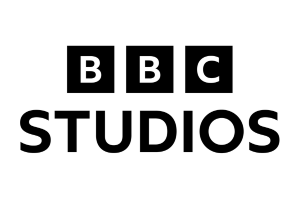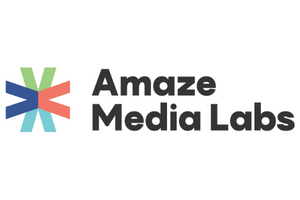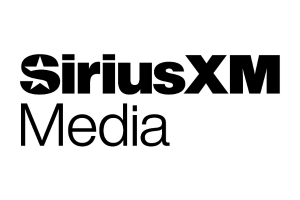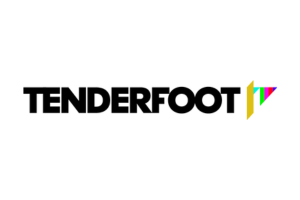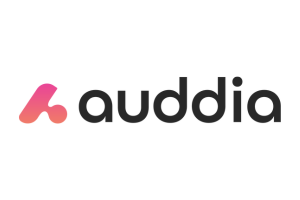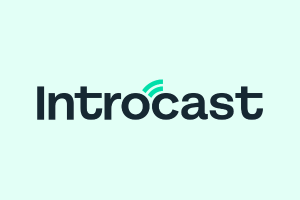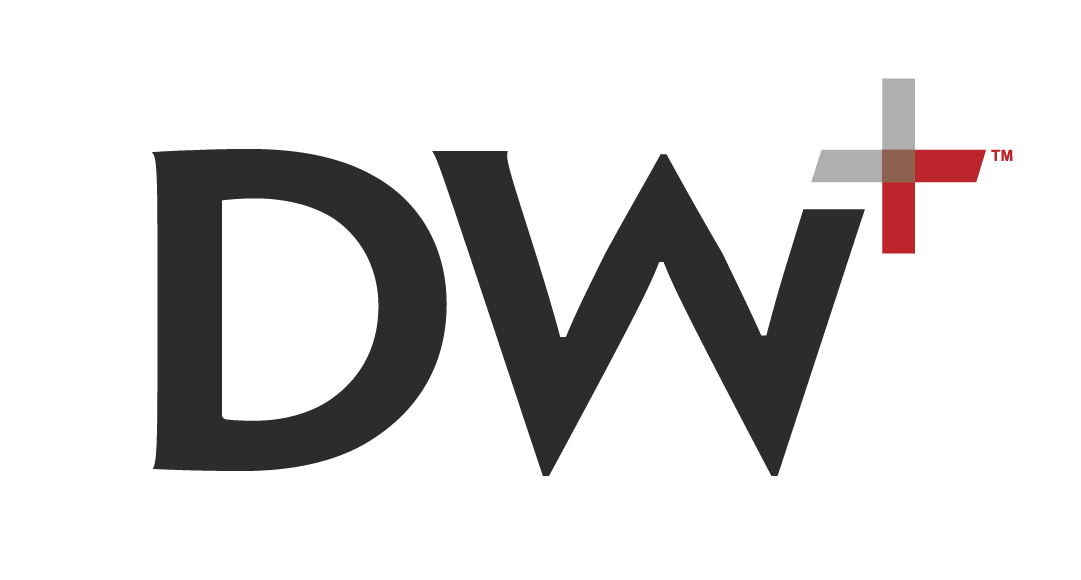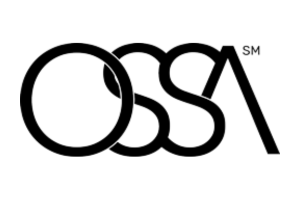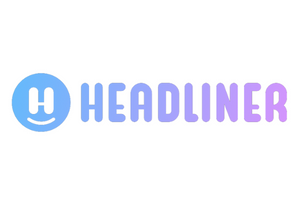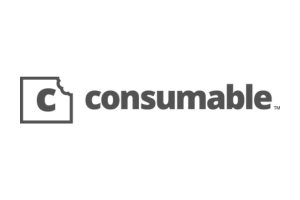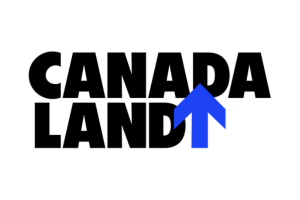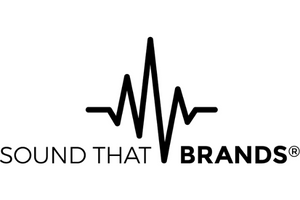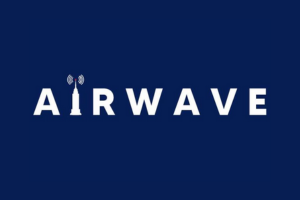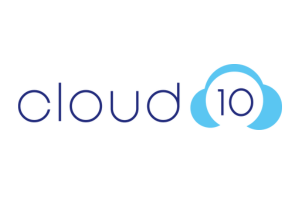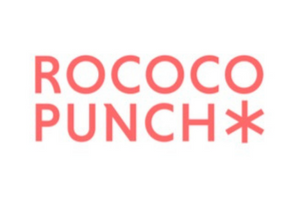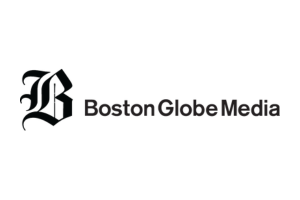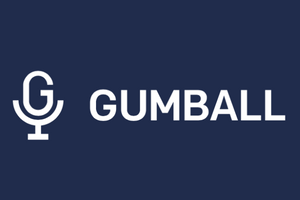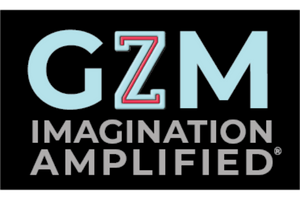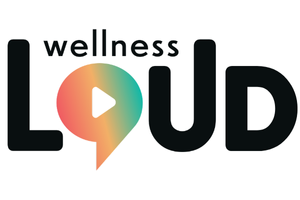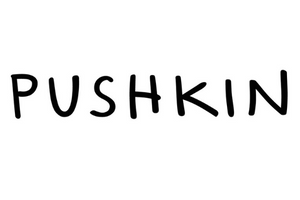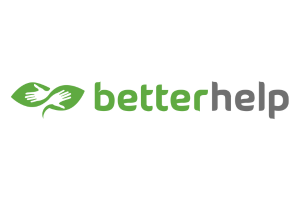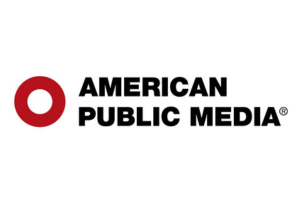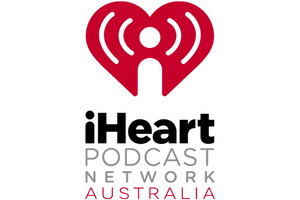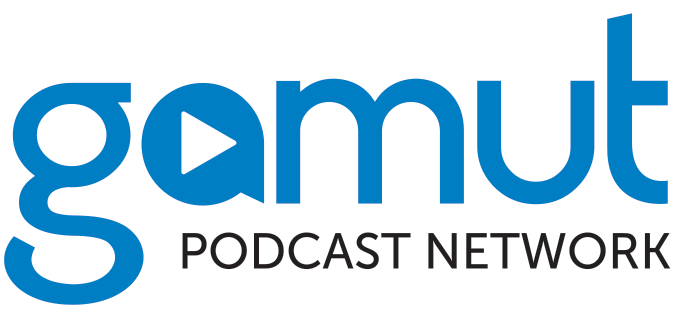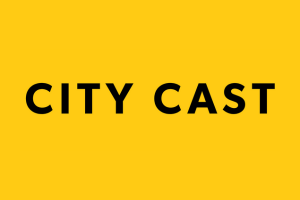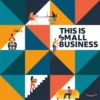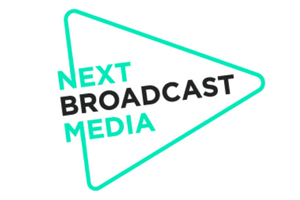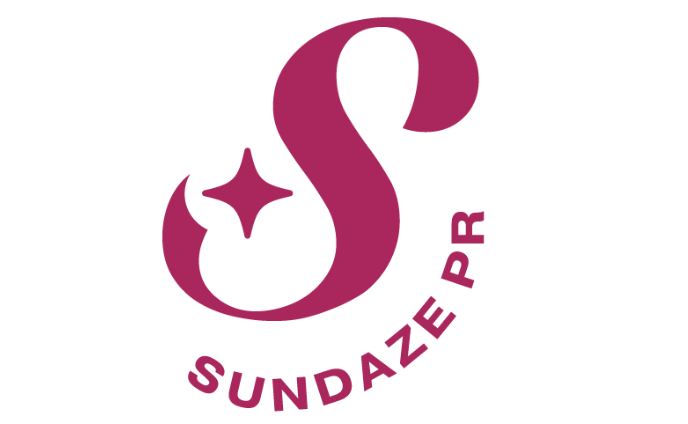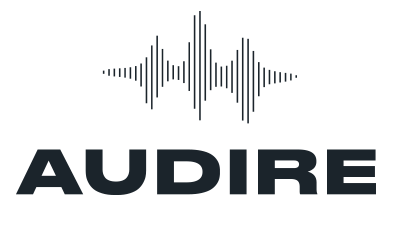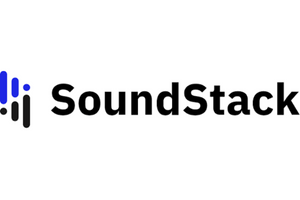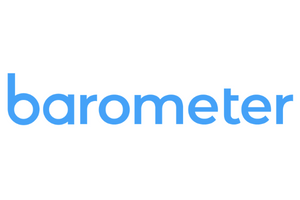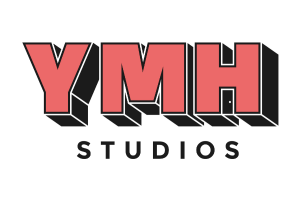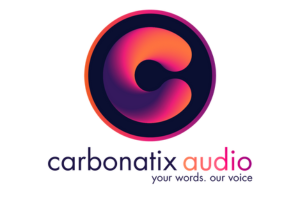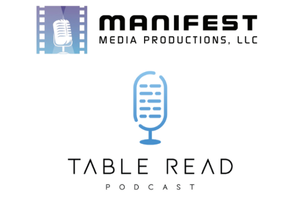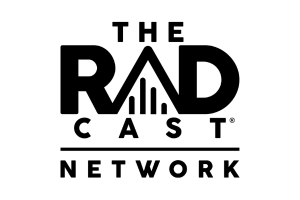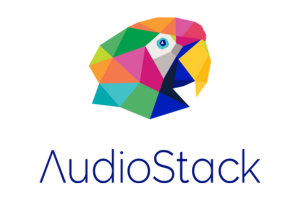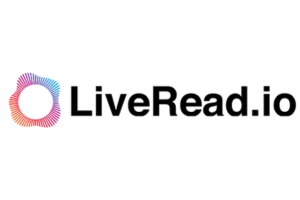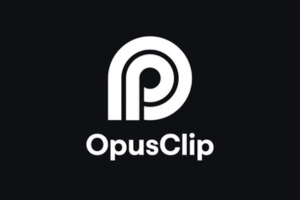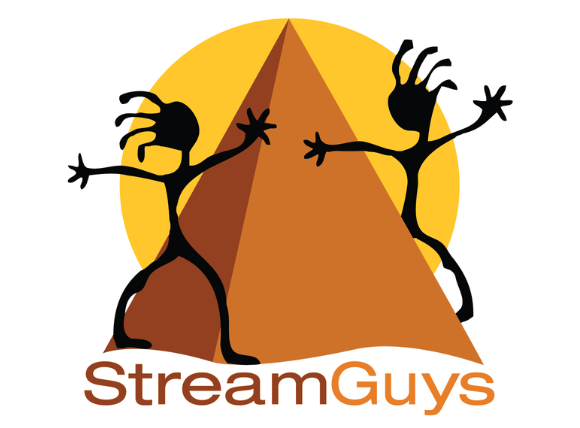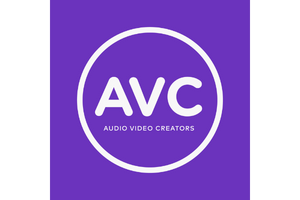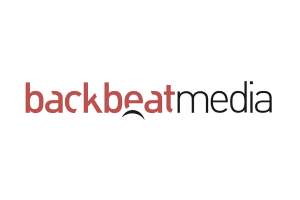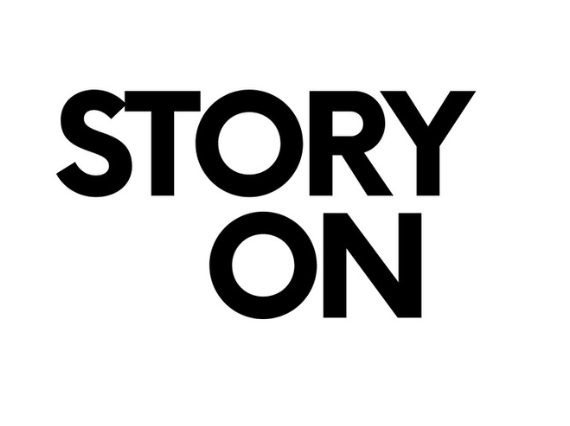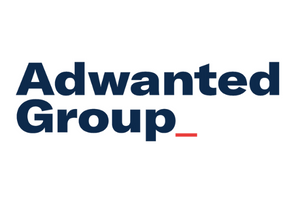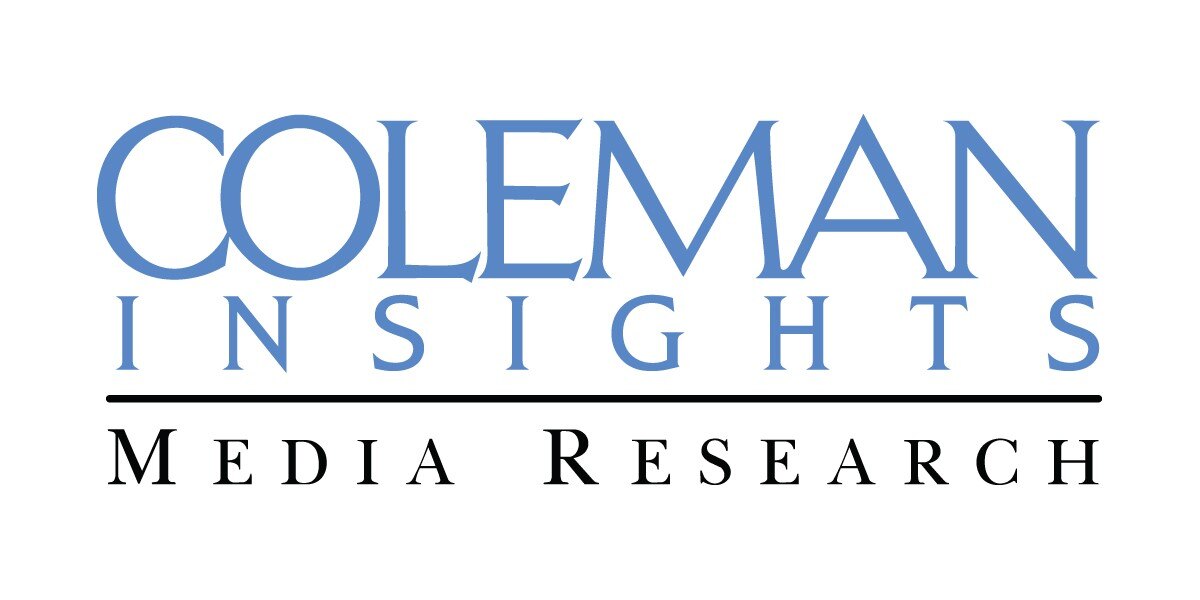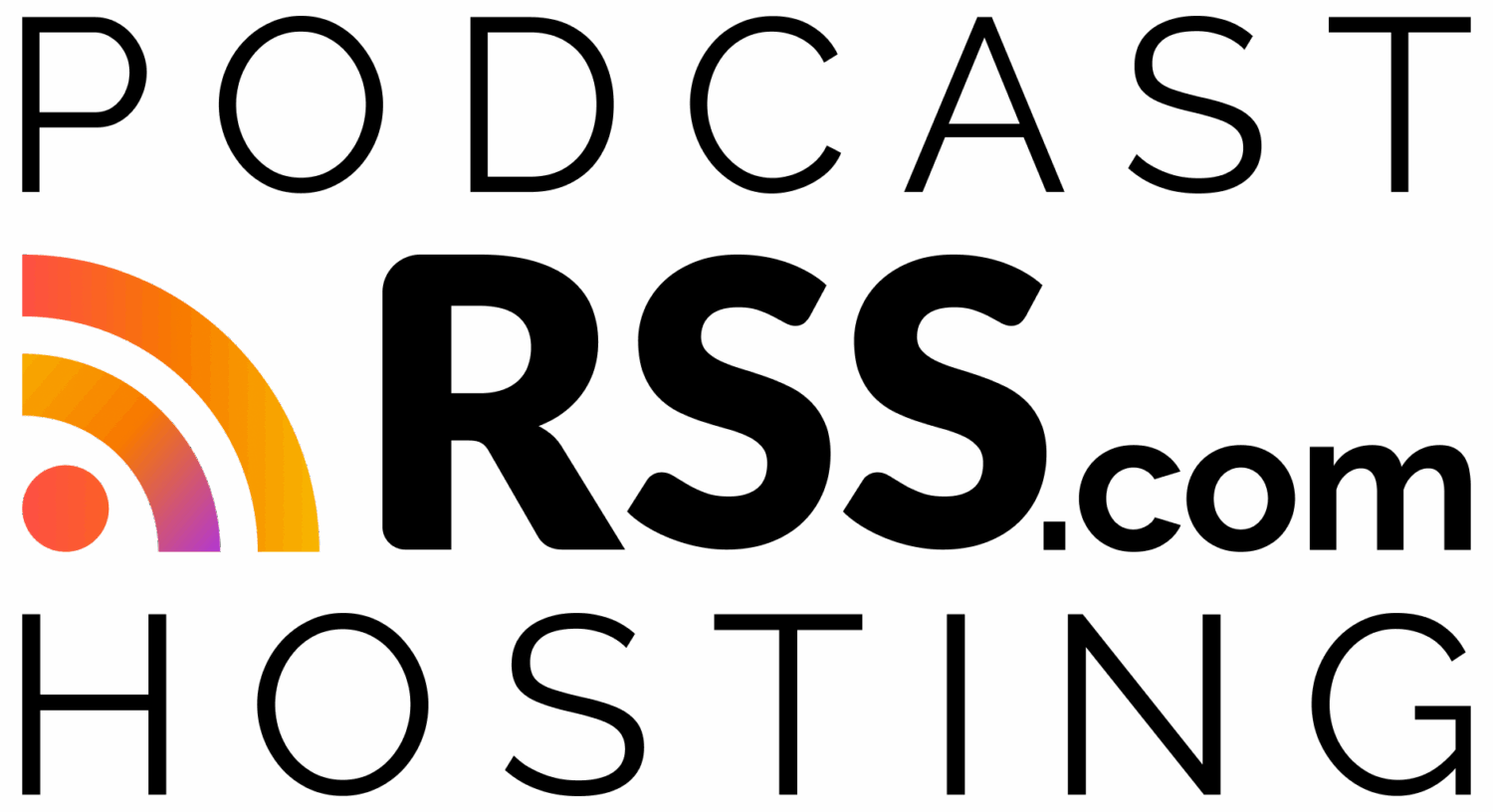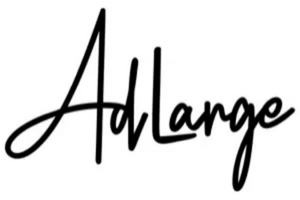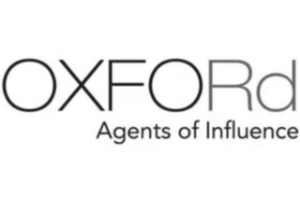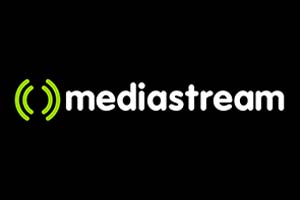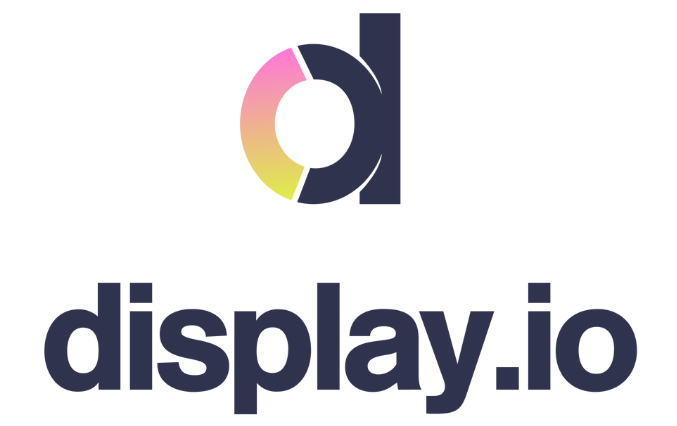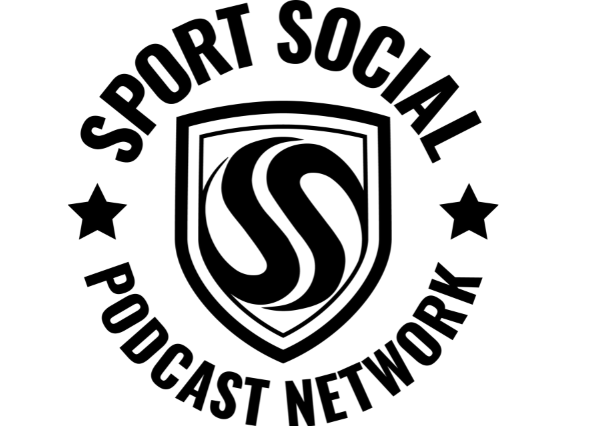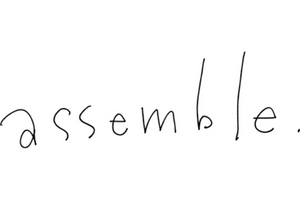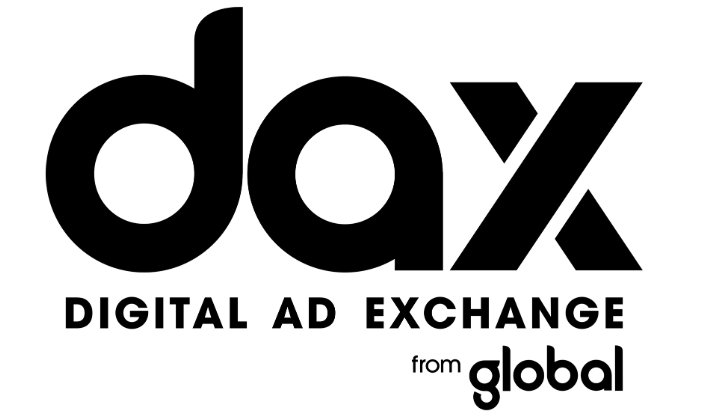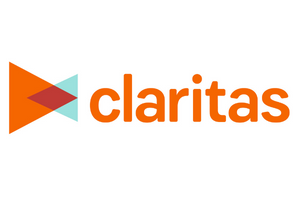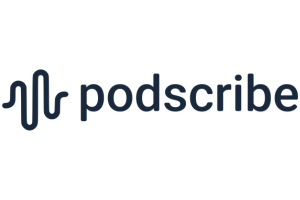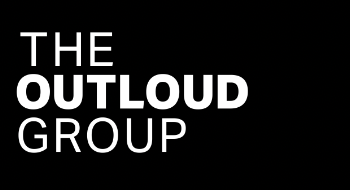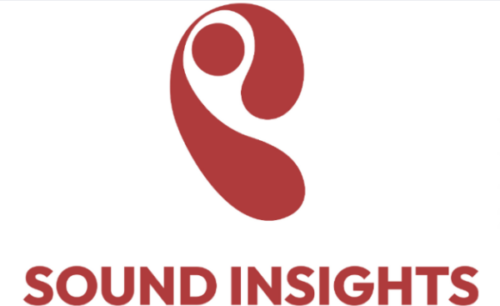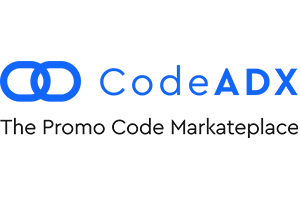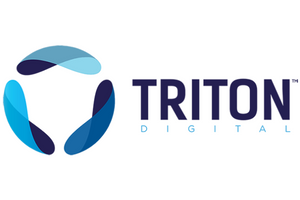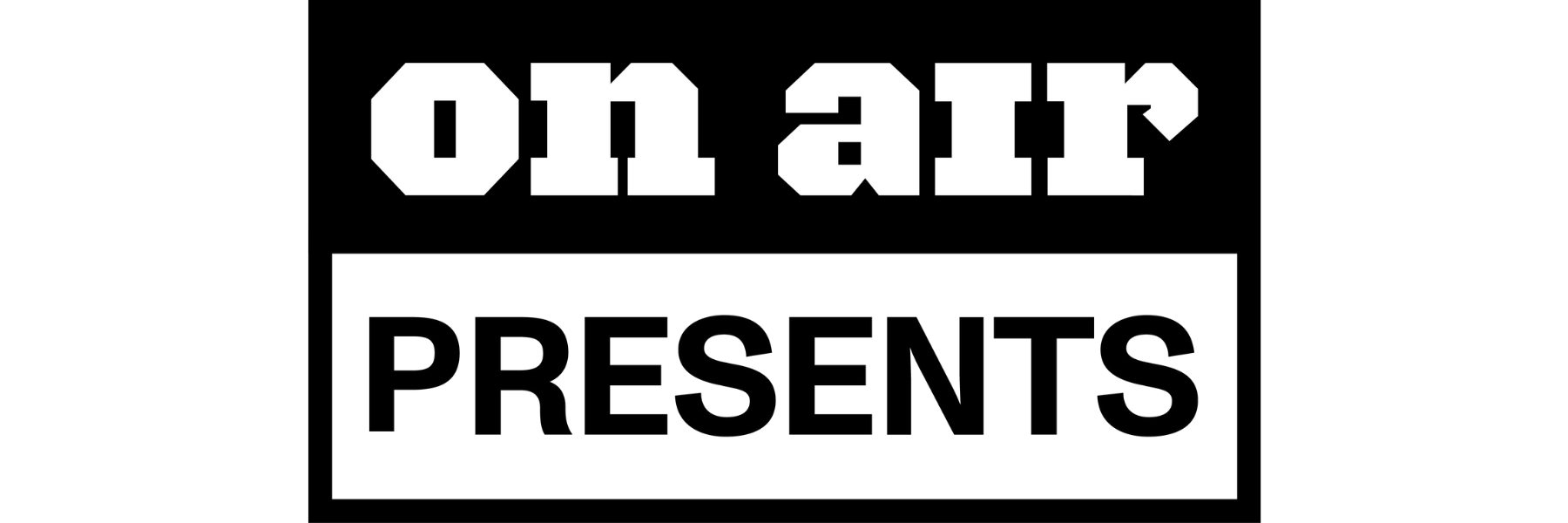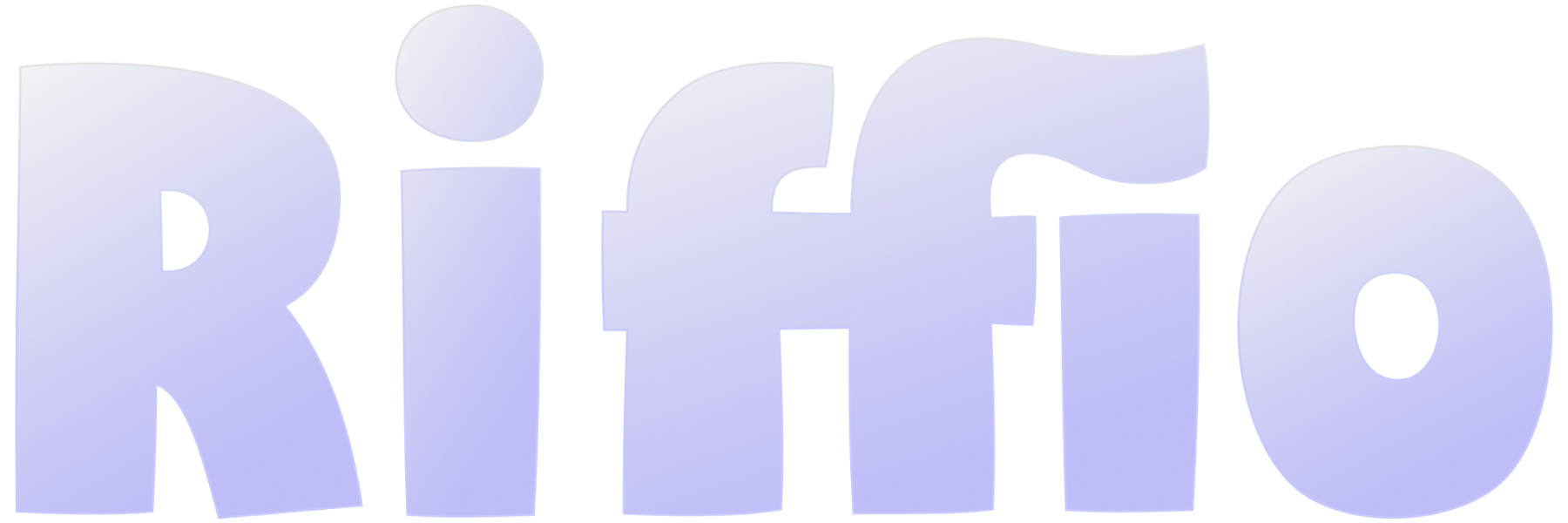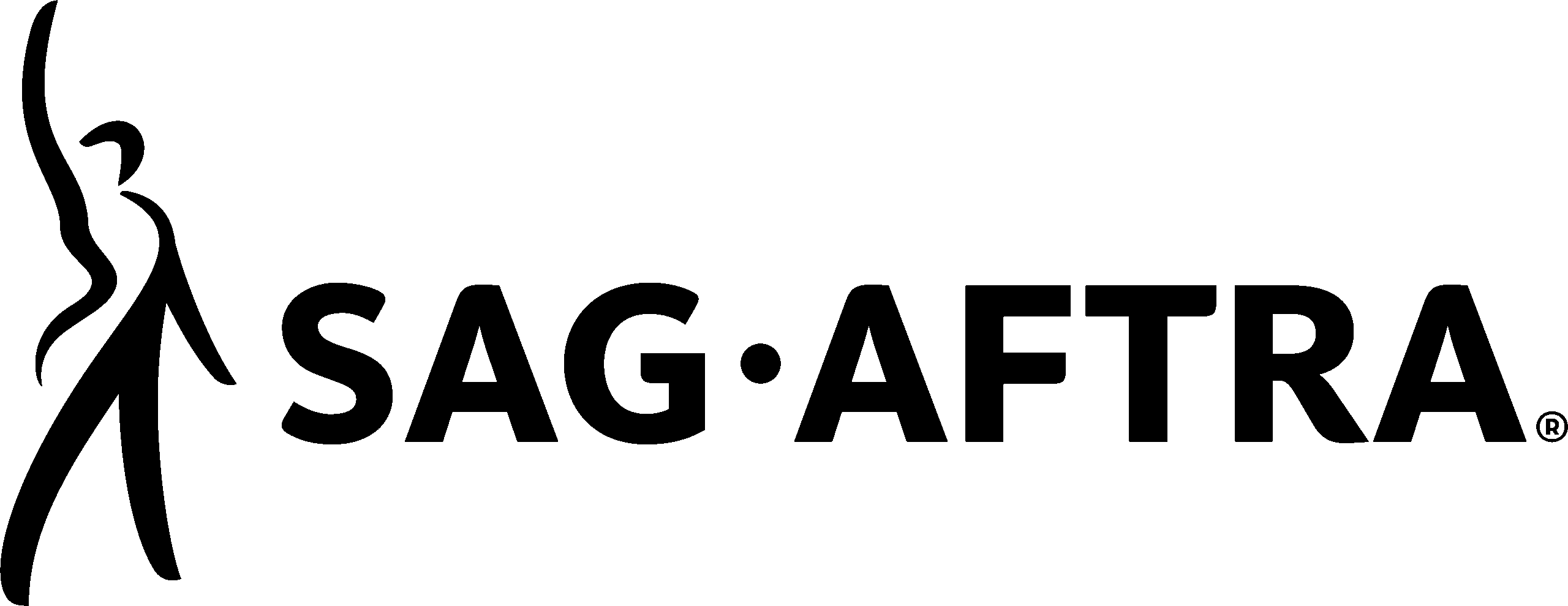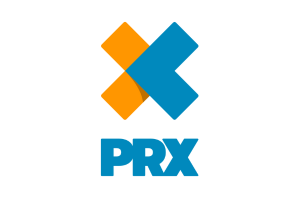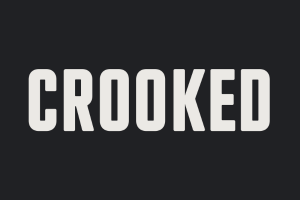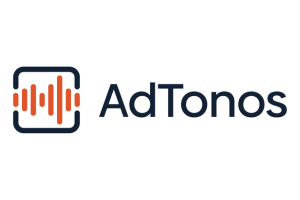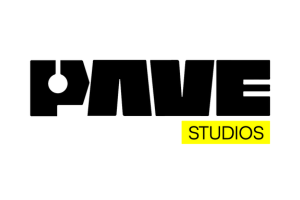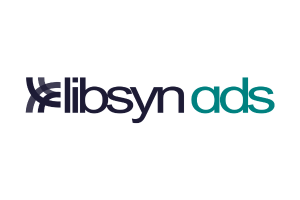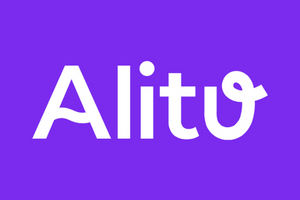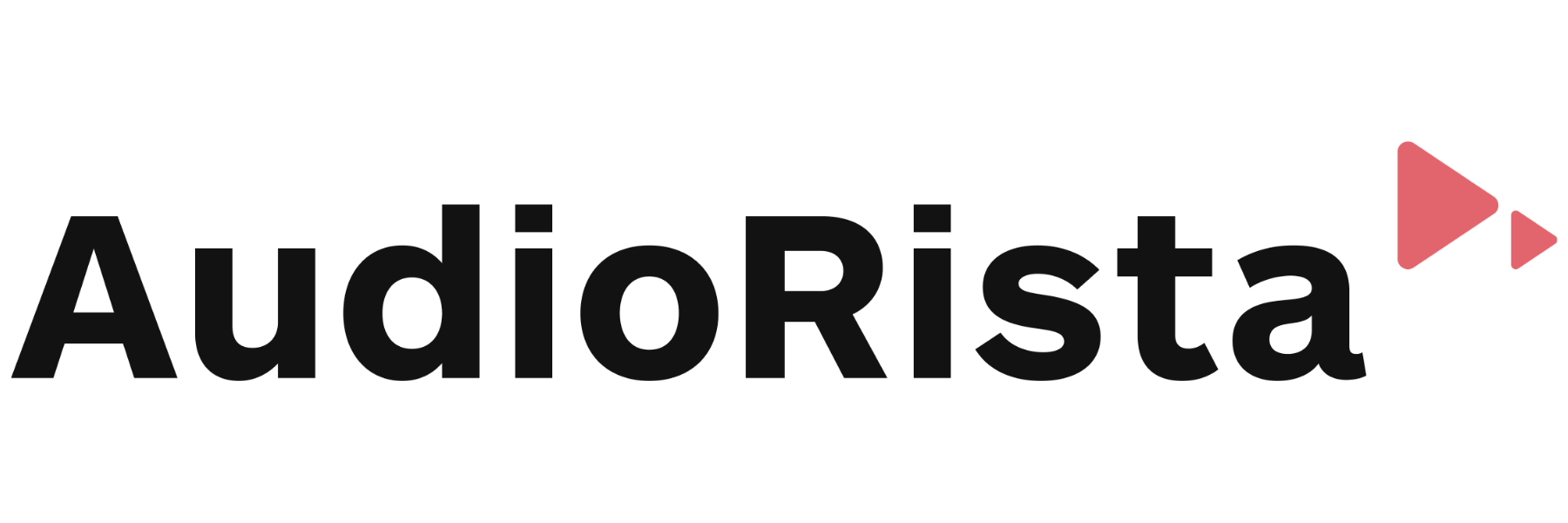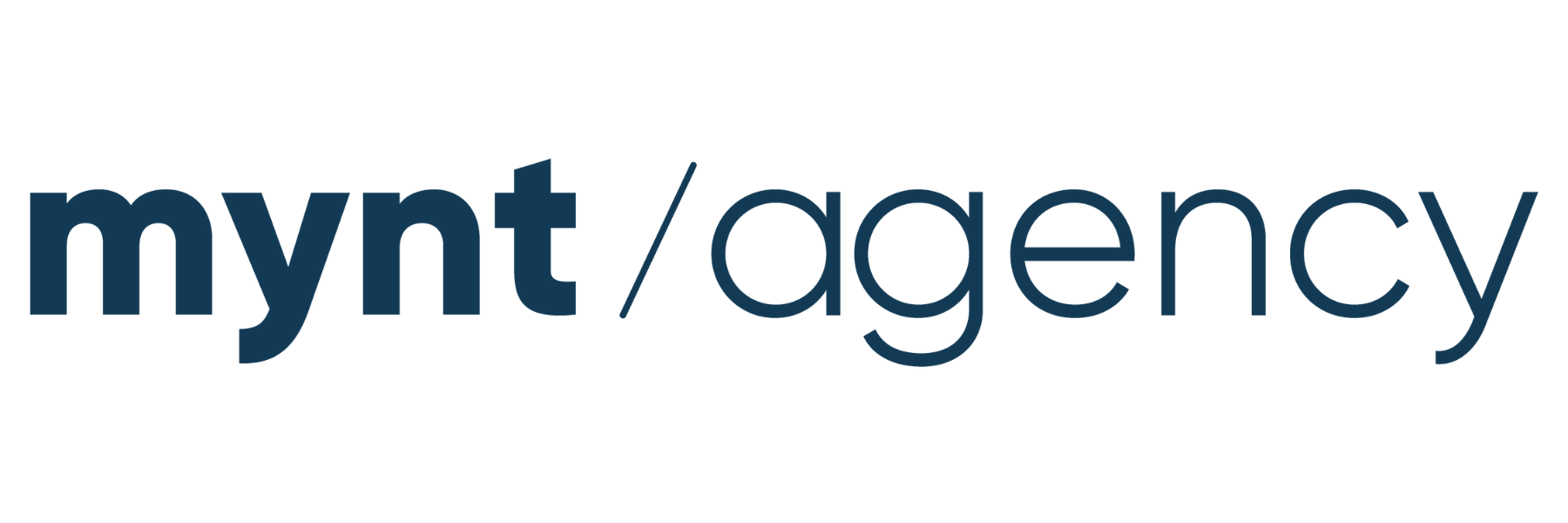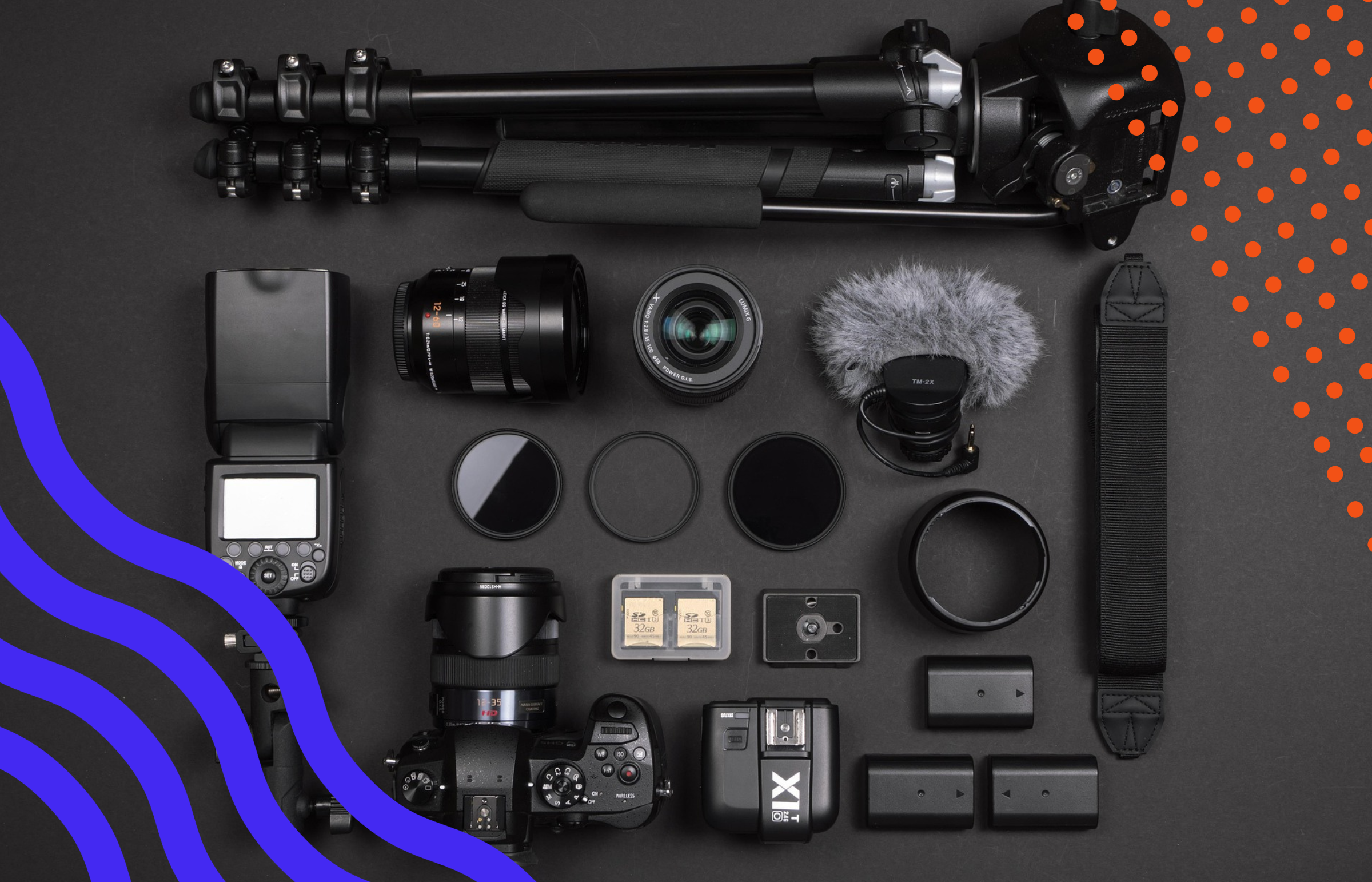Podcast comedy is coming back to Advertising Week New York this year, with the YMH Studios Night of Comedy at New York Comedy Club East Village on October 7th. Comics include Chris Distefano, Kyle Dunnigan, Yannis Pappas, and more (including some surprise guests), sponsored by Sounds Profitable, OpusClip, and Spotify. Seats are limited, RSVP now!
Our latest Podcast Landscape study, fielding responses from over 5,000 Americans, reveals an industry that has matured in ways both promising and concerning. The topline numbers look healthy – weekly consumption has ticked up to 38% from last year’s 37%, and we’re seeing consistent growth across key metrics. But dig deeper into the data, and you’ll find an industry grappling with the same growing pains that have impacted other media in the past.
Let me start with the lede here: organic growth has slowed dramatically. The upward trajectory that podcasting enjoyed for nearly two decades is flattening out. And I think it is worth pointing out two other mature markets, and how they have approached their maturity differently: radio, with a consolidation of content and a retraction in funding original programming, and streaming, which has proliferated with an incredible era of diverse, quality content. Podcasts compete with ALL of this for their share of attention, and ultimately it’s diverse, original, high quality content that is going to win the battle.
The numbers tell the story clearly. Ever-consumption has grown from 74% to 75% year-over-year, from 53% to 55% monthly, and from 37% to 38% weekly. Those are incremental gains, not the double-digit jumps we’ve become accustomed to. For an industry that has thrived on its growth narrative, this represents a fundamental shift that demands strategic recalibration.
This maturation means the days of rising tide lifting all boats are transitioning to the next phase. The podcasters and podcast companies that will thrive in this next phase are those that understand they need to actively compete for attention rather than simply existing in a rapidly expanding ecosystem. It’s the difference between being a pizza restaurant when America was discovering pizza versus being one today – you better be really good at what you do.
The YouTube Reality
The platform battle has become a three-way fight with YouTube increasingly prominent. Apple Podcasts has held steady at 11% share, but the real story is how YouTube continues to grow while traditional podcast platforms struggle to maintain relevance. Today, 40% of podcast consumers tell us that YouTube is the app they use the most, up from 39% last year. It’s not just gaining share – it’s dominating it. Spotify, despite its massive investments in exclusive content and creator acquisition, has actually lost ground, dropping from 20% to 18%.
We see a similar story in the secondary platform usage data. When asked about their second most-used podcast platform, 26% of respondents said they only use one platform. Among those who do use multiple platforms, YouTube again leads at 18%, followed by Spotify at 15%. We’re witnessing the same consolidation that happened in radio, where a few major players came to dominate distribution. For creators, this means platform dependency becomes a real business risk.
But here’s what’s really interesting: YouTube usage for podcasts breaks down into distinct patterns. Among YouTube podcast consumers, 47% consume most as audio-only. This means YouTube isn’t just winning the video podcast war – it’s a major audio platform too.
For creators, this presents both opportunity and challenge. The data shows that 76% of smart TV podcast consumption happens through YouTube, which suggests that podcasts are increasingly becoming living room entertainment. Yet simultaneously, the majority of YouTube podcast consumption is still audio-only, meaning your content absolutely must work without the visual component.
The Time Paradox
When we asked consumers why they’ve reduced their podcast listening, the leading cause was time constraints. Yet our data also shows that weekly podcast consumers are actually spending slightly more time with the medium – 6.3 hours per week versus 6.0 hours last year.
This paradox reveals something crucial about listener behavior. People aren’t actually consuming less audio content – they’re making more deliberate choices about what deserves their attention. The casual listener who might have sampled multiple shows is being replaced by the engaged listener who follows fewer shows more consistently.
The average monthly consumer follows 3.4 different podcast titles regularly, up from 3.2 in 2023. This suggests that while overall growth is slowing, engagement among existing listeners is deepening. For creators, this means retention becomes more important than acquisition, and quality becomes more important than quantity.
Content Strategy in a Maturing Market
The genre data reveals a landscape that’s both predictable and evolving. Comedy remains the top genre at 36%, but political talk has surged to 31%, reflecting our current cultural moment. True crime holds steady at 30%, proving its enduring appeal.
What’s interesting to me is what’s not performing well. Celebrity interviews, despite the media attention they receive, rank relatively low at 23%. Among the benefits that podcasting provides to listeners, “hearing from celebrities” ranks dead last at 32%. Some celebrity interviewers, like Dax Shephard, are good at their jobs. But there is a reason Howard Stern has had such a long and successful career – he’s really good at it, and not many celebrities are.
This should be a wake-up call for the industry’s obsession with celebrity-driven content. Listeners aren’t tuning in because famous people are talking – they’re tuning in because they want to hear discussions on topics that matter to them. The most important benefit, cited by 83% of listeners, remains “listening to discussions on topics of interest.”
Looking at these trends, I see both warning signs and reasons for optimism. The warning signs are clear: organic growth is slowing, platform consolidation is accelerating, and competition for attention is intensifying. These are the same dynamics that led to commercial radio’s creative decline and economic struggles.
But there’s also a tremendous opportunity. Monthly majority adoption means podcasting has moved from novelty to necessity in American media consumption. The growing diversity of the audience creates opportunities for content that serves communities underrepresented in traditional media. The deepening engagement among existing listeners rewards creators who prioritize quality over viral growth.
The question isn’t whether podcasting will continue to grow – it will. The question is whether it will grow thoughtfully, learning from the mistakes of other maturing media. For creators and companies in the space, the data suggests a clear path forward: focus on serving specific audiences exceptionally well rather than trying to appeal to everyone. Invest in content quality over content quantity. Develop sustainable business models that are not reliant on platform algorithms or advertising markets. And remember that in a mature market, being good enough isn’t good enough anymore.
The podcast landscape of 2025 isn’t the same as 2015, and that’s exactly as it should be. What matters now is how we choose to navigate this next chapter. The data shows us where we’ve been and where we’re heading. What we do with that information will determine whether podcasting’s best years are behind us or still to come. I believe in the latter.
New Partners
Sounds Profitable exists thanks to the continued support of our amazing partners. Monthly consulting, free tickets to our quarterly events, partner-only webinars, and access to our 1,800+ person slack channel are all benefits of partnering Sounds Profitable.
- The Compliance Podcast Network focuses on legal and regulatory compliance.
- Timeline is a Swiss health science company advancing longevity.
Want to learn more about partnership? Hit reply or send us an email!



